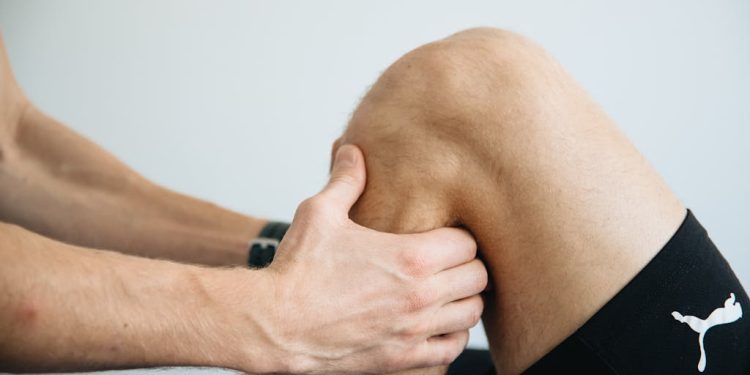Knee pain is a common issue affecting people of all ages, from athletes to older adults. It can result from injuries, medical conditions, or everyday wear and tear. Understanding the causes of knee pain and taking preventive measures can help you stay active and pain-free.
Common Causes of Knee Pain
One of the leading causes of knee pain is injury, which can occur due to sudden impacts, falls, or overuse. Common knee injuries include ligament tears (ACL, MCL), meniscus tears, patellar tendinitis, and fractures, often seen in sports or activities that involve jumping, twisting, or sudden movements. Another major cause is arthritis, particularly osteoarthritis, which results from the breakdown of cartilage over time. Other forms, such as rheumatoid arthritis and gout, can also lead to knee pain, stiffness, and swelling. Overuse and strain from repetitive movements, excessive running, or prolonged standing may lead to conditions like patellofemoral pain syndrome (runner’s knee) or bursitis, which develop when the knee undergoes continuous stress without sufficient rest.
The Impact of Weight and Posture on Knee Pain
Obesity is another factor that contributes to knee pain, as extra body weight increases stress on the knee joints, accelerating cartilage breakdown and raising the risk of arthritis and injuries. Similarly, poor posture and weak muscles can lead to knee misalignment, increasing strain and discomfort. Weak quadriceps, hamstrings, or hip muscles often make the knee more susceptible to pain and instability, especially during movement.
Strengthening and Protecting Your Knees
Preventing knee pain starts with strengthening the muscles around the knee. Exercises that target the quadriceps, hamstrings, and glutes, such as squats, lunges, and leg lifts, provide better support and stability. Maintaining a healthy weight can significantly reduce stress on the knee joints, lowering the risk of pain and arthritis. Wearing proper footwear is also crucial—supportive, cushioned shoes help maintain knee alignment and absorb shock during walking or running, while high heels and worn-out shoes can lead to imbalance and strain.
Flexibility and Low-Impact Activities
Incorporating stretching and warm-up routines before physical activities improves flexibility and reduces the risk of injuries. Stretching the hamstrings, quadriceps, and calves keeps the knee joint mobile and less prone to strain. Proper exercise techniques are essential as well—whether running, lifting weights, or doing squats, using the correct form prevents unnecessary stress on the knees and reduces the likelihood of injuries. For those experiencing knee discomfort, switching to low-impact activities like swimming, cycling, or elliptical training can help maintain fitness without excessive knee strain.
Recovery and Listening to Your Body
Giving your knees time to rest and recover is equally important. Overworking the knee without breaks can lead to chronic pain, so allowing time for recovery—especially after intense workouts or prolonged standing—can prevent long-term issues. Applying ice and compression can help reduce inflammation and pain when needed. It’s also important to listen to your body and not ignore persistent knee pain. If discomfort worsens, swelling occurs, or walking becomes difficult, seeking medical advice early can prevent more serious knee problems from developing.
Knee pain can be frustrating and limiting, but with the right precautions, you can reduce your risk and keep your knees strong and healthy. By maintaining a healthy weight, strengthening muscles, using proper techniques, and avoiding overuse, you can prevent knee pain and stay active for years to come.

































